Did you know that not all tornadoes are visible? The weather phenomenon known as a rain-wrapped tornado is one example of this. These types of tornadoes happen during the summer when hot air from the troposphere rises and meets cold, humid air in the stratosphere. What happens next is something that scientists have been studying for years.
A rain-wrapped tornado is a type of tornado that has been wrapped in rain and clouds. It is an extremely dangerous phenomenon as it can’t be seen, yet it can cause widespread destruction to anything in its path. These tornadoes are usually found over the ocean or other large bodies of water where there is more moisture available for them to form.
Table of Contents
What Does It Mean If A Tornado Is Rain-Wrapped?
A rain-wrapped tornado is a term used to describe a brief phenomenon that occurs during the peak of intense rainfall. The term “rain-wrapped” comes from the idea that there is no visible condensation funnel, but rather, it appears as if you are looking at something wrapped in a cloud or fog – similar to what you may see on a rainy day.
Rain-wrapped tornadoes are similar to a classic, visible condensation funnel. However, rain-wrapped tornadoes can be difficult for the public and first responders alike because they look like rainfall from afar – without any other visual cues that indicate there is a tornado present. Because of this issue, people may not take shelter when necessary which increases the potential for injury or death.
In addition to being confused with typical precipitation on a rainy day (which it often resembles), another reason why these types of storms pose such danger is that:
- These kinds of storms move quickly and unpredictably making them incredibly dangerous;
- Classic supercell thunderstorms sometimes produce brief but powerful bursts of wind called microbursts; however, research has shown that rain-wrapped tornadoes can produce a larger and more powerful wind field than their classic counterparts;
How Do These Tornadoes Form?
Tornadoes form because of an intense air mass that is occurring in the lower atmosphere. The intensity creates wind speed and pressure levels on the ground, which combine to create dangerous conditions for communities located within their paths.
There are many different types of tornadoes – some can be small and simple, while others will grow to incredible sizes. The size generally depends on the strength of the updraft involved with its formation. Rain-wrapped tornadoes occur during springtime months in areas that experience flooding or other severe weather events.
Rain-wrapped tornadoes are difficult to detect
Rain-wrapped tornadoes are difficult to spot because they don’t have a condensation funnel, which is the debris cloud that comes out of the base of a tornado. As these types of tornadoes tend to be short-lived and only appear during very intense rainfall periods, it can be challenging for storm chasers or any other individual trying to track them down.
This means there isn’t always evidence left behind from rain-wrapped tornados aside from what experts see on radar screens – areas, where strong storms and heavy rains were reported in high percentages over an extended period of time, may indicate that one occurred nearby without anyone actually seeing it with their own eyes. A lot depends upon the strength level as well – stronger tornadoes will leave behind more damage and debris than weaker ones.
Rain-wrapping is usually most effective with low cloud bases, such as those found in the cool season. This can make it difficult for storm chasers and meteorologists during early spring and late fall when supercells are more likely to develop. If a large area of precipitation continues to grow vertically over an intense thunderstorm before encountering cold air at high levels then no clear slot will form on radar or satellite imagery; this makes forecasting these events very challenging until they occur on the ground.
Rain-wrapped tornadoes and wind speeds
These types of tornadoes are potentially dangerous because they make it difficult to estimate the tornado’s strength. The rain and wind can trick meteorologists using the DOW (Doppler on Wheels) and you also cannot see very far ahead of you.

The strongest type of tornadoes is EF-V or EF-VI that have speeds between 166-200 mph. These types of winds are strong enough to shatter wood, brick homes, lift heavy metal objects into the air that could become deadly projectiles, etc.
The Dangers of This Type of Storm
It can be hard to see where the storm is going. If you are outside, a tornado wrapped in the rain will look just like a low-hanging cloud and since there isn’t much wind or debris being blown around, it may not seem threatening at first glance. However, if you encounter this type of weather system while driving your car, avoid tailgating because the sides of the road could drop out from under you without warning!
A rain-wrapped tornado is a powerful and dangerous rotating column of air that extends from the base of a thunderstorm to Earth’s surface. It can be difficult for storm spotters or National Weather Service meteorologists to see these tornadoes because they are hidden behind heavy precipitation, sometimes falling as torrential rains. Many times, people living near where rain-wrapped tornadoes touch down do not even know that their communities have been affected until severe damage has already occurred.
Rain-wrapped tornadoes generally form in association with supercell storms – which are also capable of producing violent long-track wedge tornadoes rarely accompanied by hail larger than goofballs. However, it’s possible for large multi-vortex (more than two) tornadoes to be rain-wrapped.
Tornado Safety Tips:
- Get inside quickly – don’t wait around outside trying to keep up with the storm;
- If you are in a vehicle, try to find shelter immediately – do not wait around outside for it to pass;
- Listen closely to your radio or television when there is severe weather reported. If they give warning reports of tornadoes being spotted near you, go straight home and get inside as soon as possible;
- Do not drive into flooded areas – water can rise very quickly when storms hit;
- If you can’t see where it’s safe because heavy rain surround the storm head towards the low ground like ditches or ravines away from trees that may fall on top of you if the wind picks up speed;
- If you are outside, go to the lowest place possible;
- If no shelter is available, lie flat on the ground with your hands covering your head. Do not get under an overpass or bridge;
Besides, I would recommend to read cyclone vs. tornado comparison.
FAQ
Can there be a tornado if it’s raining?
There can be a rain-wrapped tornado. This means there’s not an actually visible condensation cloud, the ground is obscured by rain and/or hail or even both with no visual evidence of it on the surface.
Tornadoes that are wrapped in precipitation may look like hurricanes from overhead satellites because they have similar low-pressure centers and circular wind patterns when viewed from above. However, if you were to fly over one of these systems in an airplane (something we don’t recommend), you would see a distinct funnel descending from cumulonimbus clouds underneath all that heavy rainfall!
How do you spot a rain tornado?
A rain-wrapped tornado is the most dangerous kind. This means that it is difficult to see, and can happen when there isn’t much warning given before it strikes.
However, if you are able to spot one of these tornadoes just in time then here’s what they look like:
- They tend to look like a dark funnel cloud;
- It may appear that the rain is coming out of it, but there is also wind swirling inside as well;
- There are usually be little pieces of debris in the air below its path;
Rain-wrapped tornadoes are pretty hard to spot. The rain makes it difficult to see the tornado, so you have to look for rotational winds on the weather radar.
Does it get really quiet before a tornado?
Yes, when a tornado is about to form, it causes the air around it to become very still. The wind may even die down completely since nothing can move against the powerful force of its rotation.
Does it always hail before a tornado?
A rain-wrapped tornado doesn’t always mean it’s going to hail. Tornadoes can be wrapped in various types of precipitation, including but not limited to: snow, sleet, and freezing rain.
Where is Dixie Alley?
Dixie Alley is in the South-Central part of the United States. This area of land stretches from Dallas, Texas to Little Rock, Arkansas, and includes parts of Louisiana, Mississippi, Tennessee, and Alabama.
What are the 3 types of tornadoes?
Tornadoes, the most violent of all atmospheric storms, are a whirling column of air that reaches from a thunderstorm to the ground. They can be invisible or they can form a funnel going down from the sky and touch down on land.
Tornadoes come in 3 types:
- Single-vortex tornados have one swirl rotating around an empty center; these twisters either form into tight spirals over time as they further develop or maintain their original direction while growing weaker;
- Multiple-vortex tornados usually start out looking like single vortices but then break apart with several smaller funnels throughout their life cycle often causing more destruction;
- Landspout tornadic supercell storms are less common and, though more weakly formed than other types of twisters, can still produce significant damage;
What are the 6 stages of a tornado:
- Storms form a rotating column of air. The rotation is visible in the cloud base and sometimes on the surface as an apparent “funnel” or a translucent swirl of dust, debris, or water vapor;
- Winds increase and rainfalls. Storm clouds thicken at the base, then spread outward in an expanding circle that often leaves a clear area in its wake. This is called “clear slot” or “eyewall”. The advancing edge of this continually forming funnel cloud is surrounded by turbulent debris on all sides;
- “Rear flank downdraft”, driven by intense winds descending from the backside of the supercell thunderstorm, begins to wrap around the tornado’s forward circulation (the part where it sucks up dirt). These winds act like sandpaper against any surface they touch—tree trunks, houses, roads – grinding away anything not firmly attached down to the bare ground over time as more air continues rushing into what was once the tornado’s vortex;
- The tornado begins to lose its defined shape and become a violent, roiling cone of debris with winds as fast as 300 mph. The entire column is rotating around its center; at this point, about one mile above ground level, it has the appearance of an enormous vertical disk that appears smooth from a distance but up close you can see all sorts of stuff flying into it from below – cars, trees branches, dust. This outer edge drags across everything in its path snapping off or uprooting whatever isn’t firmly attached to the earth: power poles snap like toothpicks and houses built on slabs are twisted right off their foundations if they fail to pull free first which causes even more damage;
- As the tornado begins to consume itself, a final wall of dust and debris in front is blasted forward by 200 mph winds which tear away anything that’s left standing in its path;
- The funnel lifts off the ground only to be reabsorbed by an updraft vortex embedded within it before finally dissipating entirely after 30 minutes or so of additional fury;
Can there be a tornado when it’s sunny?
Yes, there can be a tornado when it’s sunny. A tornado occurs when there’s warm, moist air and wind change direction with height (known as wind shear). These conditions often happen during the afternoon in the late spring or summer months within cumulonimbus clouds.

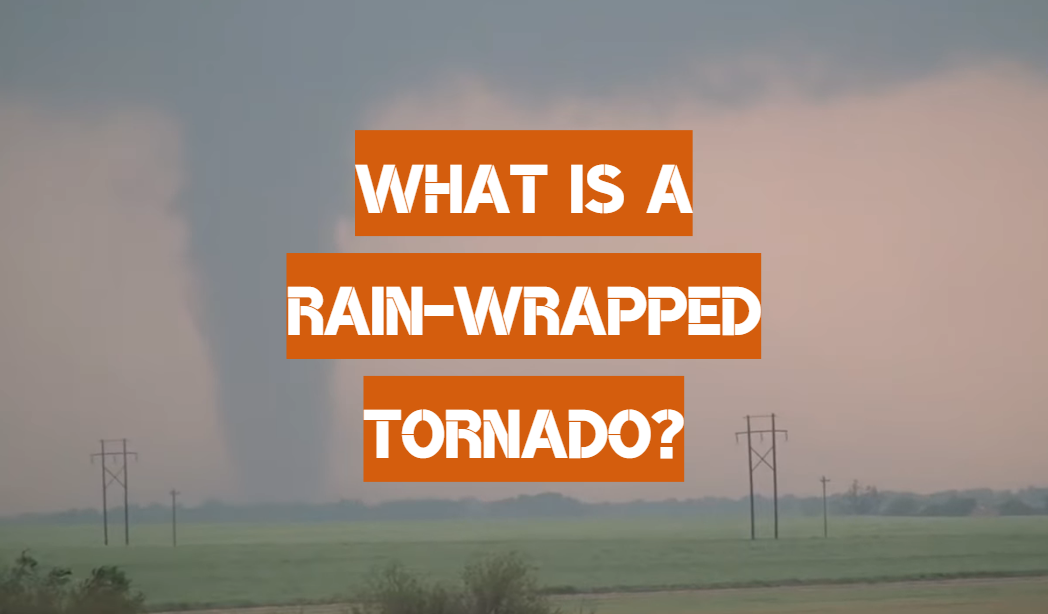
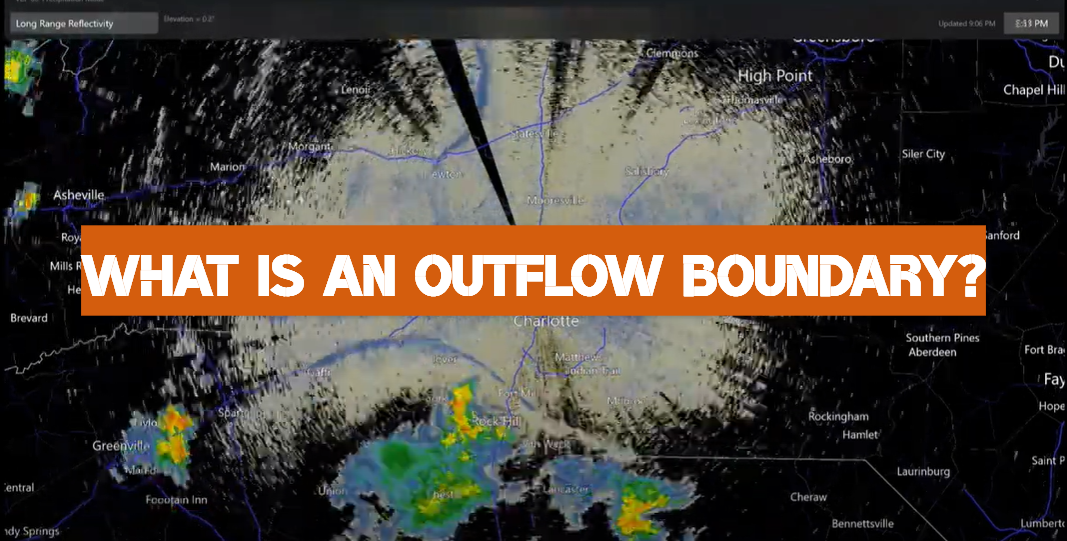
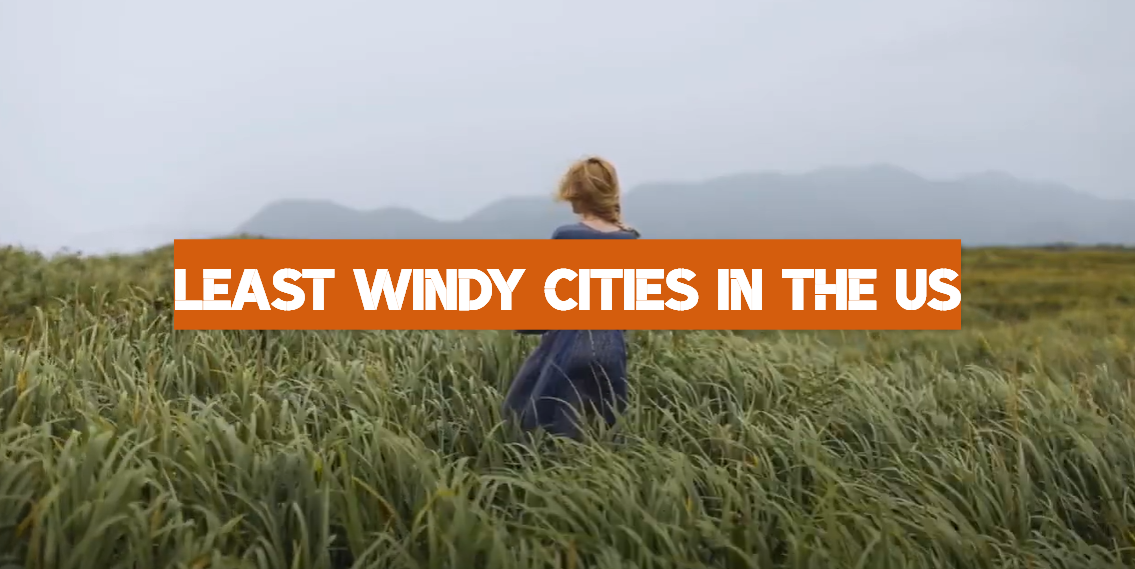
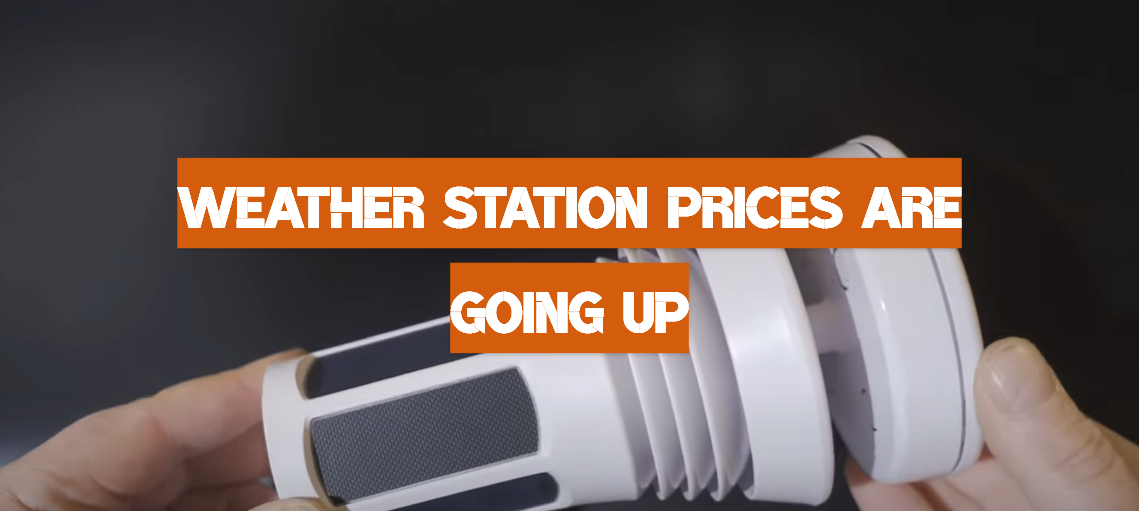
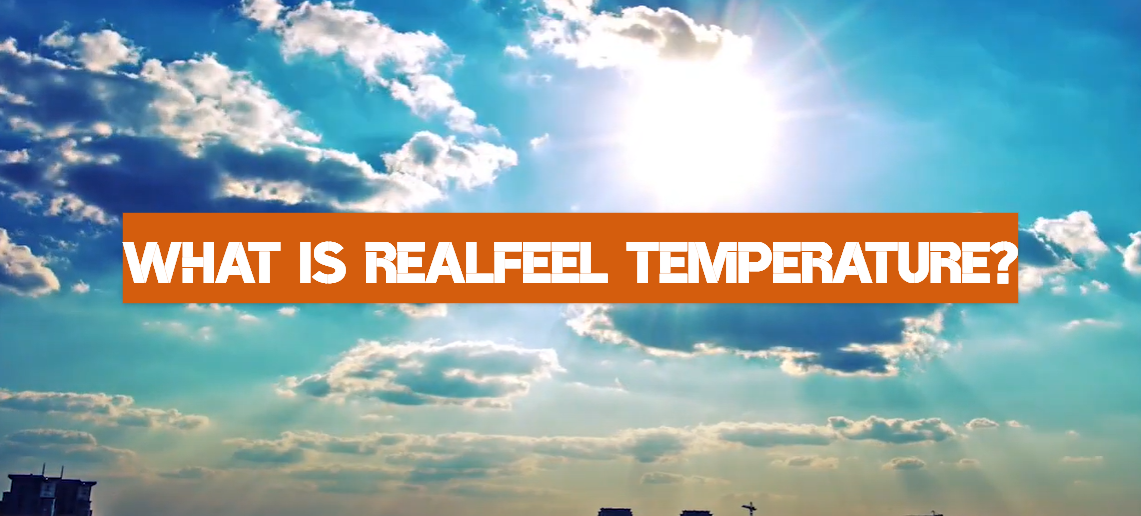
Leave a Reply